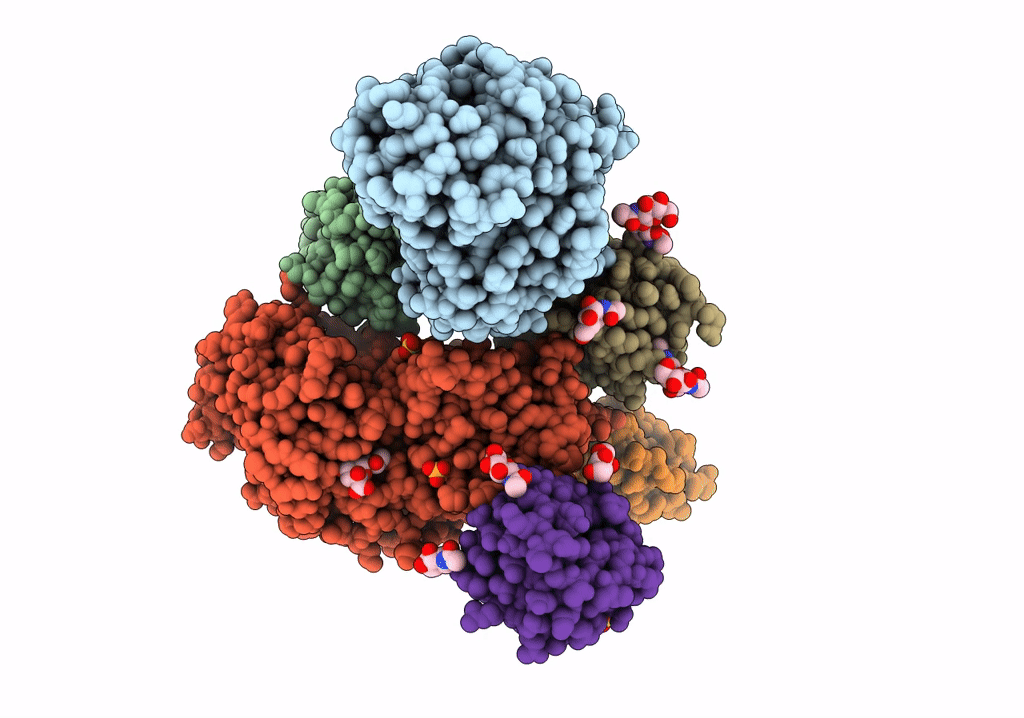
Deposition Date
2022-03-29
Release Date
2023-04-05
Last Version Date
2024-10-16
Entry Detail
PDB ID:
7UIB
Keywords:
Title:
Crystal structure of BoNT/E receptor binding domain in complex with SV2, VHH, and sialic acid
Biological Source:
Source Organism:
Vicugna pacos (Taxon ID: 30538)
Homo sapiens (Taxon ID: 9606)
Clostridium botulinum (Taxon ID: 1491)
Homo sapiens (Taxon ID: 9606)
Clostridium botulinum (Taxon ID: 1491)
Host Organism:
Method Details:
Experimental Method:
Resolution:
2.77 Å
R-Value Free:
0.26
R-Value Work:
0.23
R-Value Observed:
0.23
Space Group:
C 2 2 21


